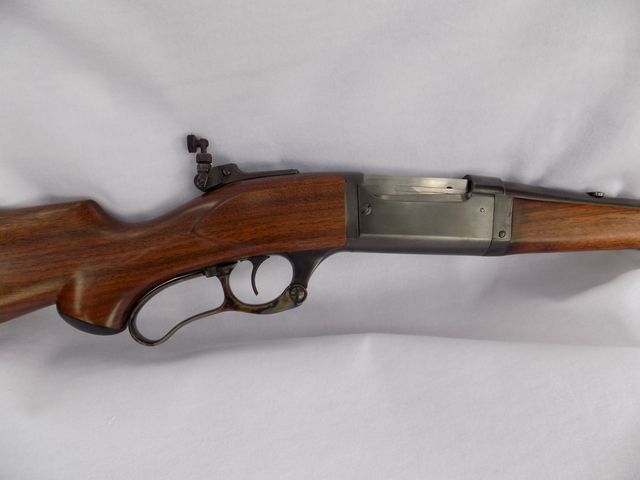Bought an unfinished walnut stock and cant ddcide how to finish it. I dont want to ever fuss with it again so the rubbed oil finish is out. Heres s pic of the dry stockideas? Im not opposed to staiining it heres three I yried left is satin poly middle is dark walnut and datin poly right side is cherry with poly


|
   
   
|


|



 Reply With Quote
Reply With Quote




















